Common Testing Terms and Definitions for Foam Materials

This article provides an overview of common testing terms and methods for foam materials, covering key properties like hardness, resilience, tensile strength, elongation, and tear strength, ensuring accurate assessment across various foam applications and industries.
Breakthrough Achieved in Recycling of PU foam scrap

The EU-funded PUReSmart project has achieved a breakthrough in recycling PU foam scrap, introducing innovative technologies that significantly improve efficiency and sustainability, paving the way for a circular economy in the polyurethane industry and reducing environmental impact.
Basic Raw Materials for Flexible Polyurethane Foam
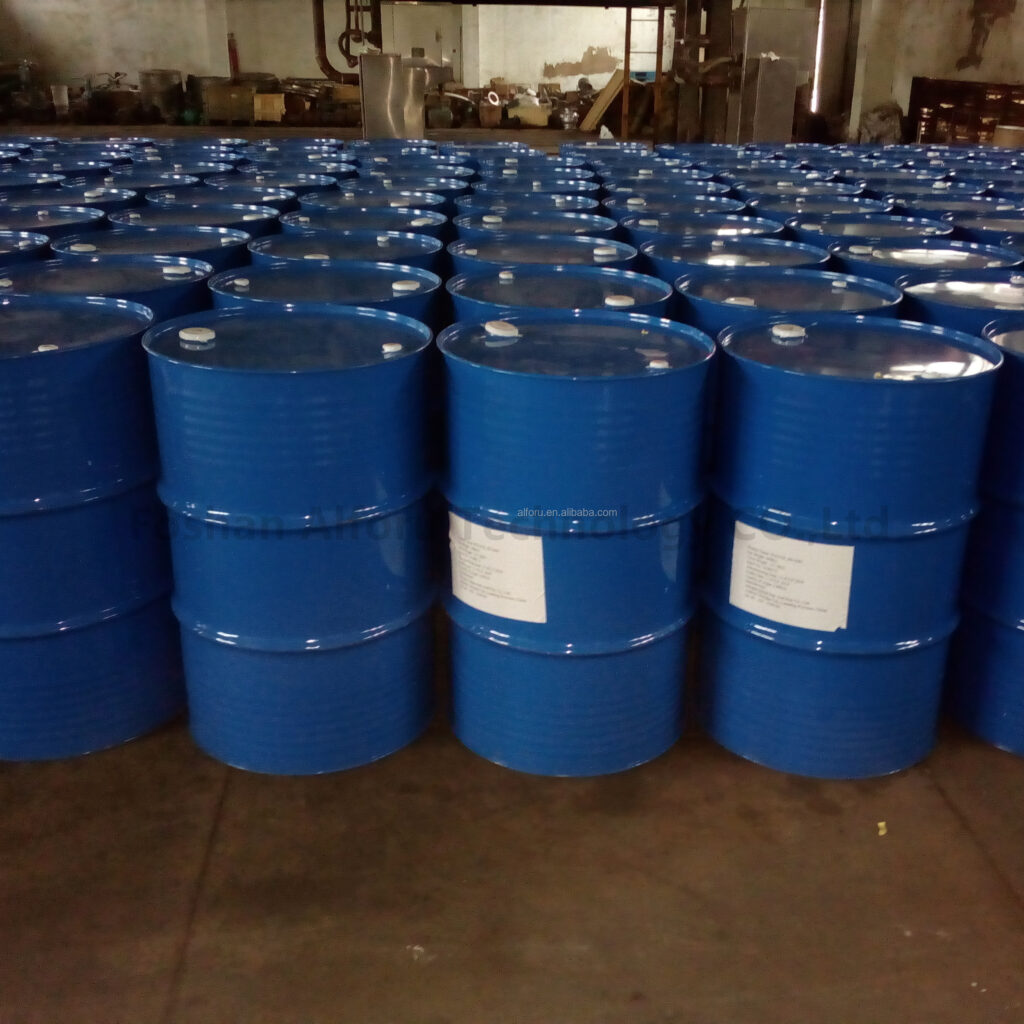
This article explores the essential raw materials and additives in flexible polyurethane foam production, highlighting their roles in optimizing reaction efficiency, enhancing product performance, and ensuring stable, high-quality manufacturing processes for diverse industrial applications.
How to Prevent Aging of Polyurethane Soft Foam?

This article explores methods to prevent the aging of polyurethane soft foam, focusing on the role of antioxidants, UV stabilizers, and thermal management during production to enhance durability, prevent degradation, and extend the foam’s lifespan under various conditions.
The Impact of MC on the Temperature of Flexible Polyurethane Foam
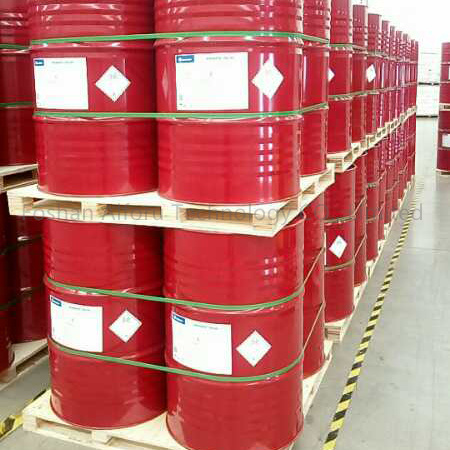
This article explores the impact of dichloromethane (MC) on the temperature and foaming process of flexible polyurethane foam, highlighting how MC’s evaporation affects foam density, secondary reactions, and the overall physical properties of the foam, especially in varying temperatures.
Fire Prevention in PU Flexible Foam Production and Usage

This article outlines essential fire prevention measures in PU flexible foam production and usage, including incorporating flame retardants, managing curing processes, cutting, crushing, adhesive processing, and ensuring electrical and hot work safety, to mitigate fire risks effectively.
How to Use Minor Ingredients in Slow Rebound Foam Formulation?

This article discusses the selection and use of minor ingredients in the formulation of slow rebound foam, highlighting the importance of choosing the right amines, tin catalysts, silicone oils, and pigments to ensure high-quality product outcomes.
What is the Impact of Polyurethane Raw Materials on the Production of Flexible PU Foam?
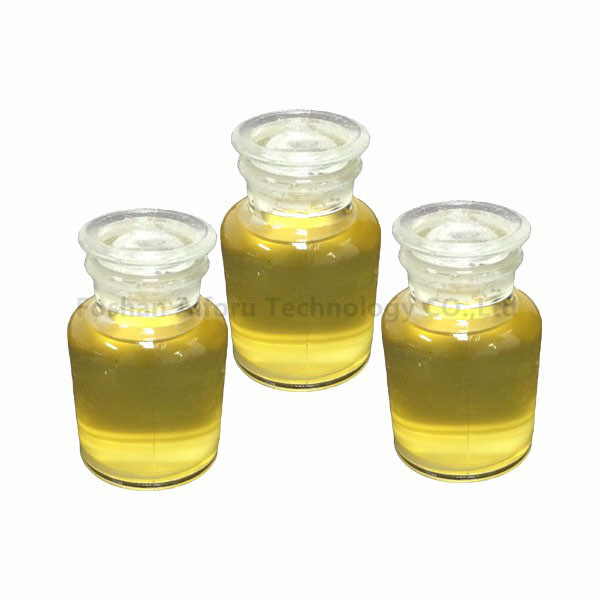
This article explores the impact of various polyurethane raw materials—such as polyether, foaming agents, TDI, catalysts, stabilizers, temperature, humidity, and atmospheric pressure—on the properties and production of flexible foam.
Applications of Solvent Oils in Polyurethane Release Agents
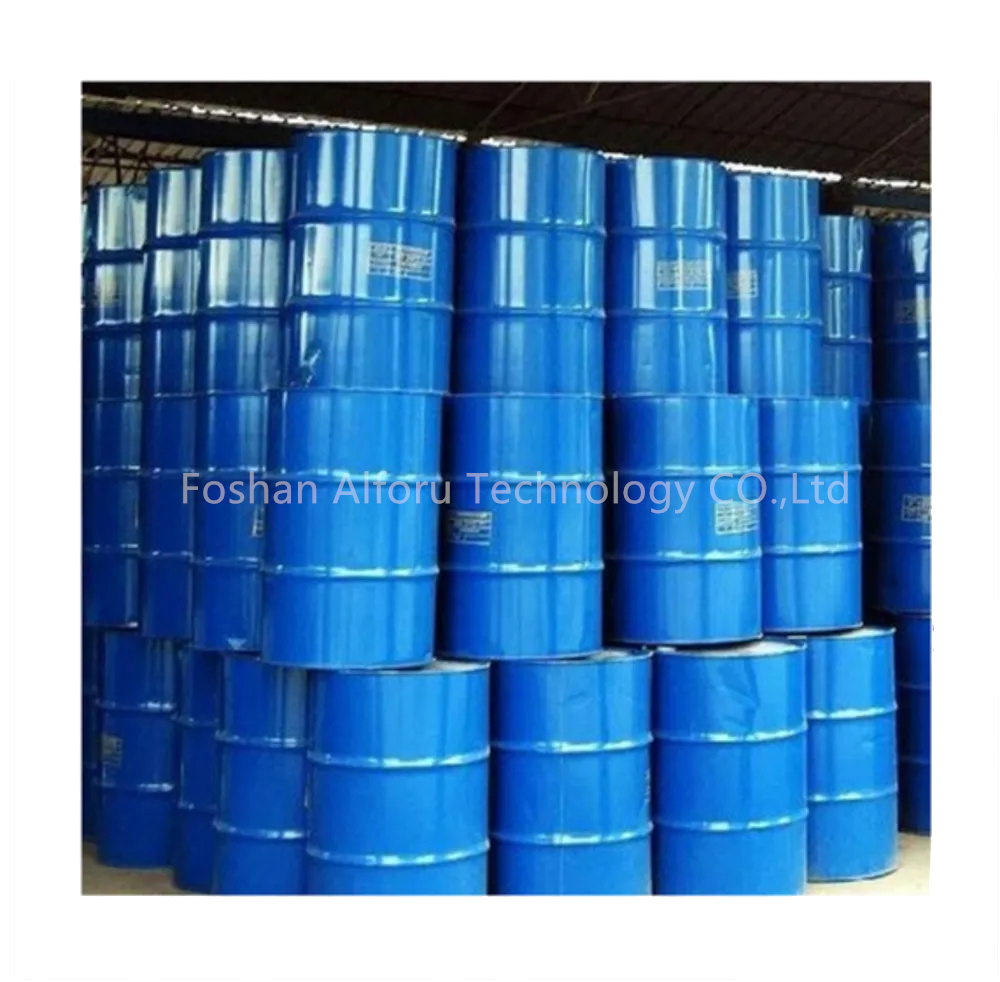
This article explores the role and evolution of solvent oils in polyurethane release agents, highlighting their importance in manufacturing, changes over time due to environmental and safety regulations, and advancements leading to more efficient and eco-friendly alternatives.
Polyurethane Foam Foaming Common Terms
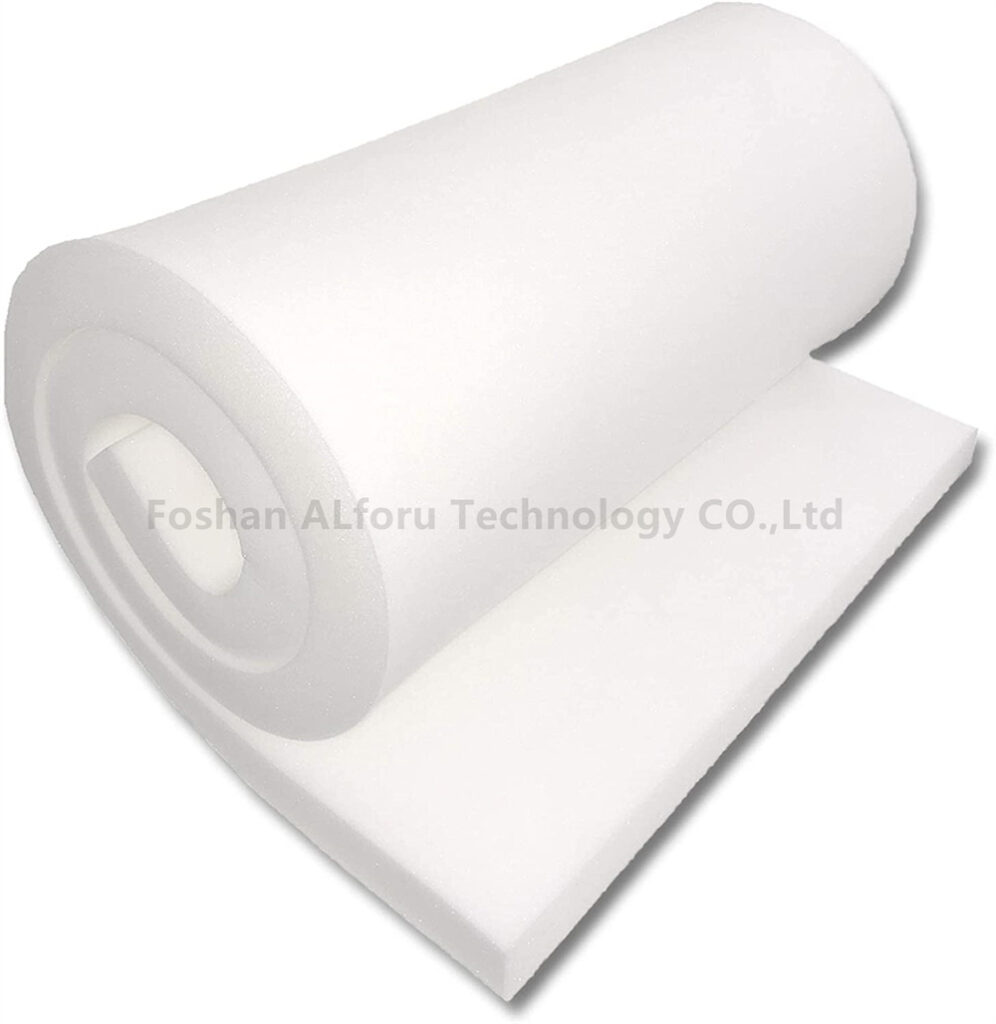
This article explains key terms and processes in polyurethane foam production, including Cold Cure, Pump Capacity, Pump Linearity, New Blending Technology (NBT), Timed Pressure Release (TPR), Initial Spray, and the Foaming Index.
